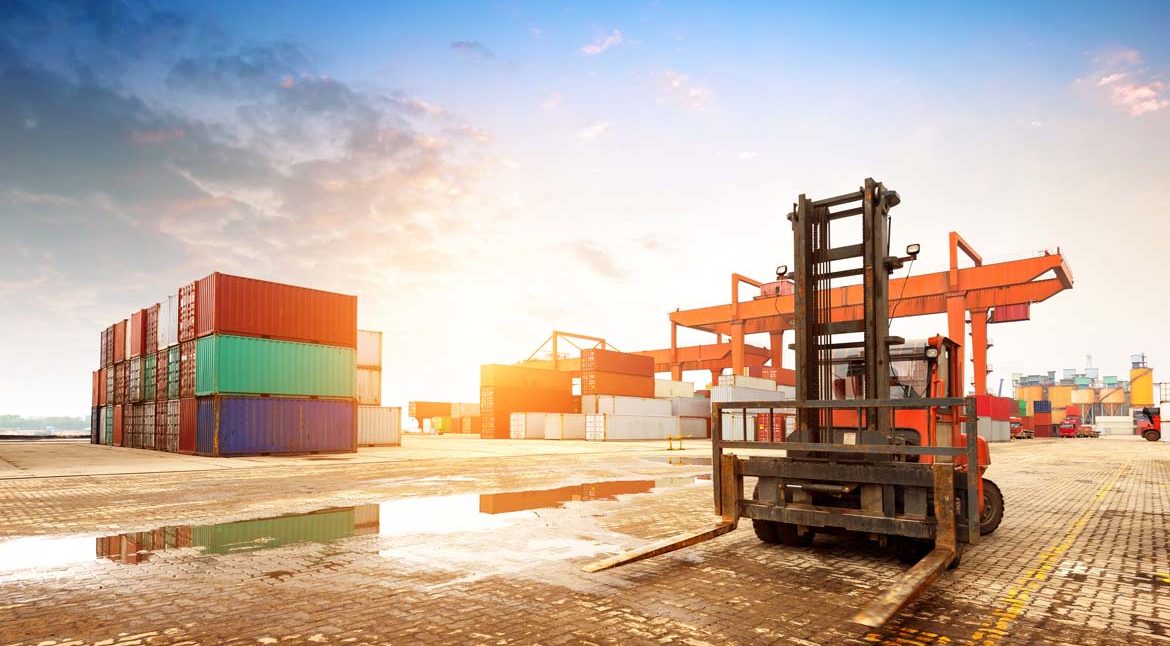“Now, the game will change” – Michael Reisenberg of Lufthansa Cargo, the outgoing Chairman of the IBS Cargo Forum, gave the best possible comment about the future of the cargo industry, subtly invoking the slogan of the home soccer team of the city of Cochin (the venue of the forum conference last month). We are in the business of enabling that change, and the very objective of the forum is to maximize yield in R&D. In today’s context, changing the game isn’t a nice-to-have for the air cargo industry; it is a dire necessity on many counts.
An inside look
The air cargo industry is reportedly showing robust growth (measured in terms of Freight Tonne Kilometre) of around 10% so far this year on account of recovering global trade. The upcoming holiday season would only boost demand further, thanks to a significant shift towards e-commerce in retail. Shippers demand speed, which is the true USP of air that no other cargo medium can claim. Cargo providers are unlikely to have trouble delivering the goods (no pun intended) because overall, the scene continues to be one of excessive capacity in relation to actual demand. But this in itself is a problem that needs to be managed.
Anomalous expansion in capacity
Air cargo faces no risk of capacity shortage; not by a long shot. On the contrary, CAPA reports that for the first three quarters of the year, load factor in cargo aircraft was a mere 44.4% while the belly space of passenger aircraft was only 27% full on average. The Association of Asia Pacific Airlines (AAPA) pegs their members’ international cargo load factor noticeably higher, at around 67% for October, the latest month for which reports are available. But overall, air freight capacity keeps growing irrespective of demand being relatively flat in most geographies. What is causing the anomaly?
Cross-pollination of supply
Unlike freight, the demand for passenger capacity is steadily increasing around the world, expected to hit 200% of current levels over the next two decades, according to IATA. To meet this demand, airline companies have to increase the number of available flights, either by acquiring more aircraft, or increasing the frequency using existing infrastructure. Aircraft designed for commercial passenger flights have cargo space in their belly, well in excess of what’s required for its own passenger baggage. Ideally, this is meant to enhance the revenue potential of each flight by maximizing load carried. But this in fact results in an unwarranted increase in overall freight capacity, and this surplus has insufficient takers in many markets.
In other words, the efforts to increase passenger capacity is bringing with it additional freight capacity as a by-product. In a perfect world with booming demand, this would also have been sold for additional revenue. But the reality today is that this excess supply reacts with the limited demand to push prices down. Cargo is therefore losing profitability in the absence of better planning.
Non-uniform demand and volumes
Demand is rising in some segments; for example the manufacturing hubs of Asia Pacific. This is consistent with statements from the Association of Asia Pacific Airlines, declaring that the supply side in that geography is being strengthened through enhancing the frequency of freight movement and also expanding the networks. The high Value:Volume ratio of air freight traffic, compared to ocean and land freight, means risk is also higher, and therefore it makes sense to invest in the safety of cargo as well as process enhancements to ensure reliability.
Managing complexity
The cargo industry supply chain, in its totality, is a colossal network of moving parts between the shipper and the consignee. Many links on the chain are still manual operations that don’t connect well with the digital entities, thereby losing out on efficiency and resulting in significant leakages of information and material on each transaction. Take for instance, the $7.7 trillion of input tax credits allegedly lying stuck in the Indian economy, owing to invoice number mismatch and inefficient handling of freight paperwork. Laying out the entire ecosystem on a digital framework is thus not just about improving efficiency and making the business easy to manage; it is a necessary enabler for integrity and security in the $15 trillion business of global logistics.
Source: https://blog.ibsplc.com/airline-cargo/game-changers-a-reality-check-on-air-cargo-today-part-i


